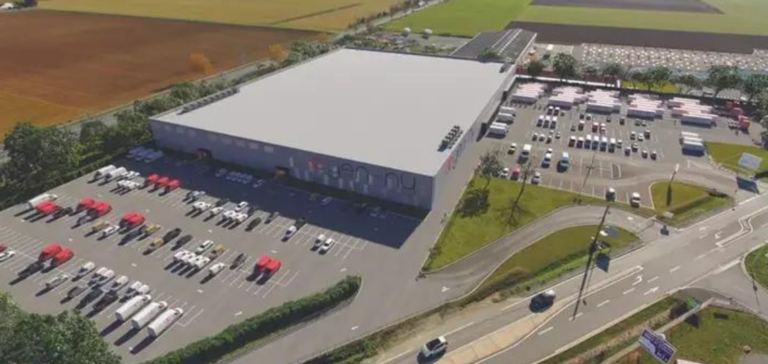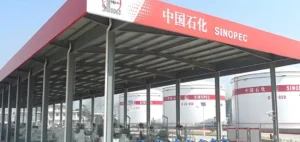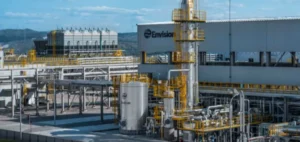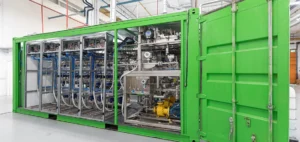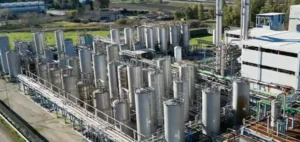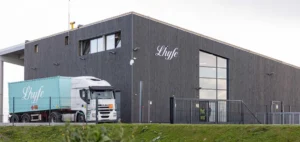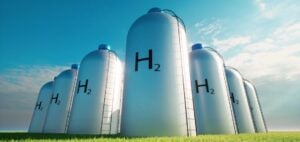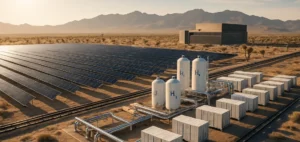The green hydrogen industry is on the cusp of a revolution, with the recent announcement of a strategic partnership between Gen-Hy, an innovative start-up, and Saint-Gobain. This collaboration marks a significant turning point in efforts to decarbonize and harness hydrogen as a clean energy resource.
Saint-Gobain joins Gen-Hy’s Green Hydrogen Mission
Saint-Gobain joins Eiffage in supporting Gen-Hy. Although the start-up did not reveal the financial details of this investment, it clearly indicated the importance of this alliance to its development strategy. The agreement between these entities goes beyond mere financial participation, extending to technical and scientific collaboration aimed at revolutionizing the production of green hydrogen.
Technical Innovation in Electrolysis for Green Hydrogen
Gen-Hy, which emerged from FlexFuel Energy Development, a company specializing in bio-ethanol technologies for vehicles, is now positioning itself as a key player in the energy transition. The company focuses on the production of green hydrogen through electrolysis, a process that separates hydrogen from water using electricity from renewable sources.
Decarbonization of Industry and Transport
Saint-Gobain’s contribution to this collaboration is crucial. He will contribute his expertise in the development of AEM membranes (anion exchange membranes), essential for improving electrolysis efficiency. These membranes are at the heart of electrolysis technology, and their optimization is essential to increase yields and reduce production costs.
Technical and Scientific Collaboration for Sustainable Energy
This agreement could also trigger significant innovation in the production of electrolyzer stacks, vital components in hydrogen production. Gen-Hy hopes not only to improve its existing technologies, but also to explore new methods and materials, benefiting from Saint-Gobain’s expertise.
Beyond its technical implications, this partnership symbolizes a giant step forward in the fight against climate change. Green hydrogen is seen as a promising solution for decarbonizing sectors such as heavy industry and bulky transport, which are currently dependent on fossil fuels. By making green hydrogen more accessible and economically viable, Gen-Hy and Saint-Gobain could play a major role in the global energy transition.
The partnership between Gen-Hy and Saint-Gobain marks a crucial turning point in the production of green hydrogen, paving the way for significant technological advances and a more sustainable energy transition. This collaboration could not only transform the energy landscape, but also play a decisive role in the fight against climate change.

